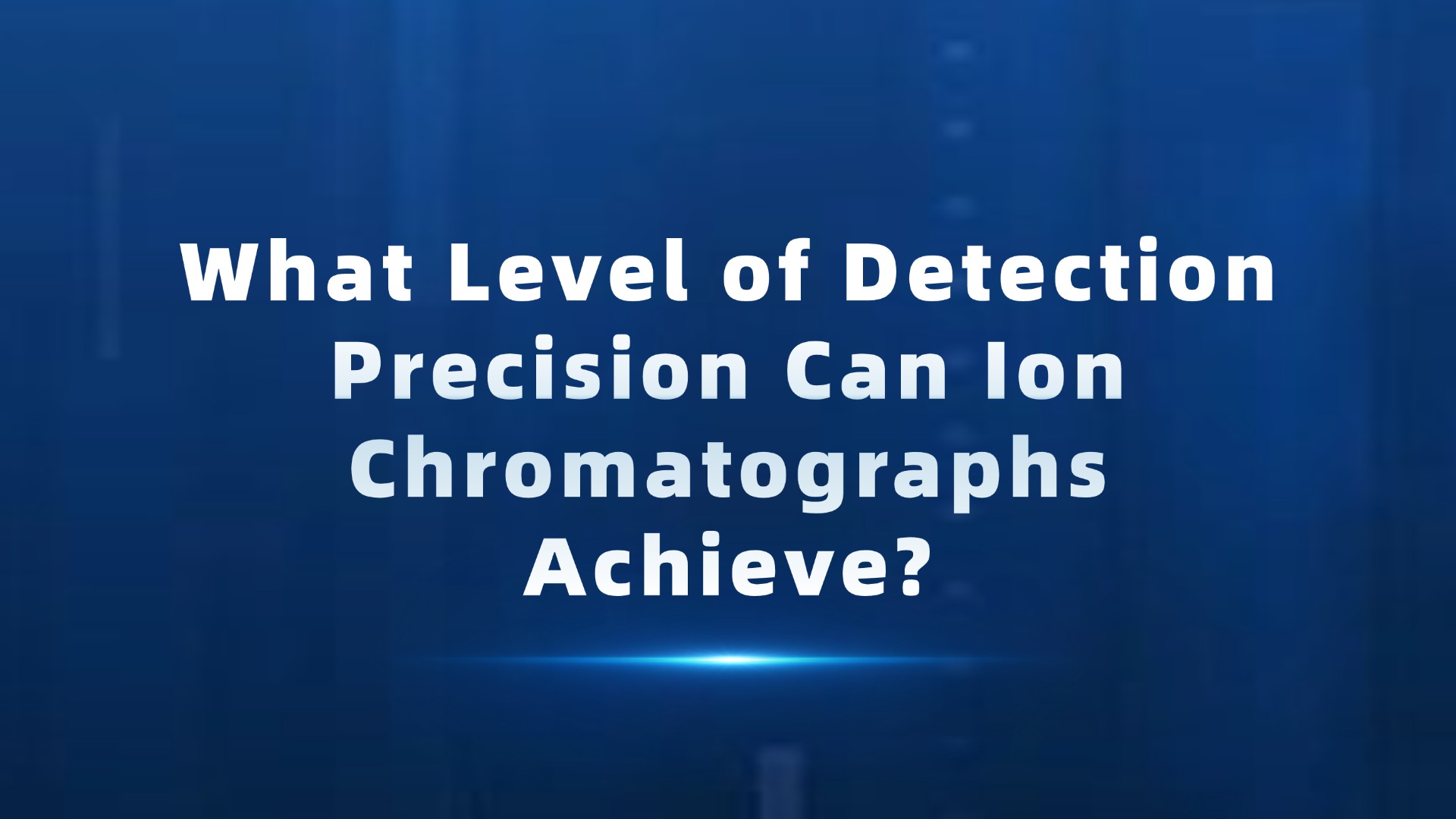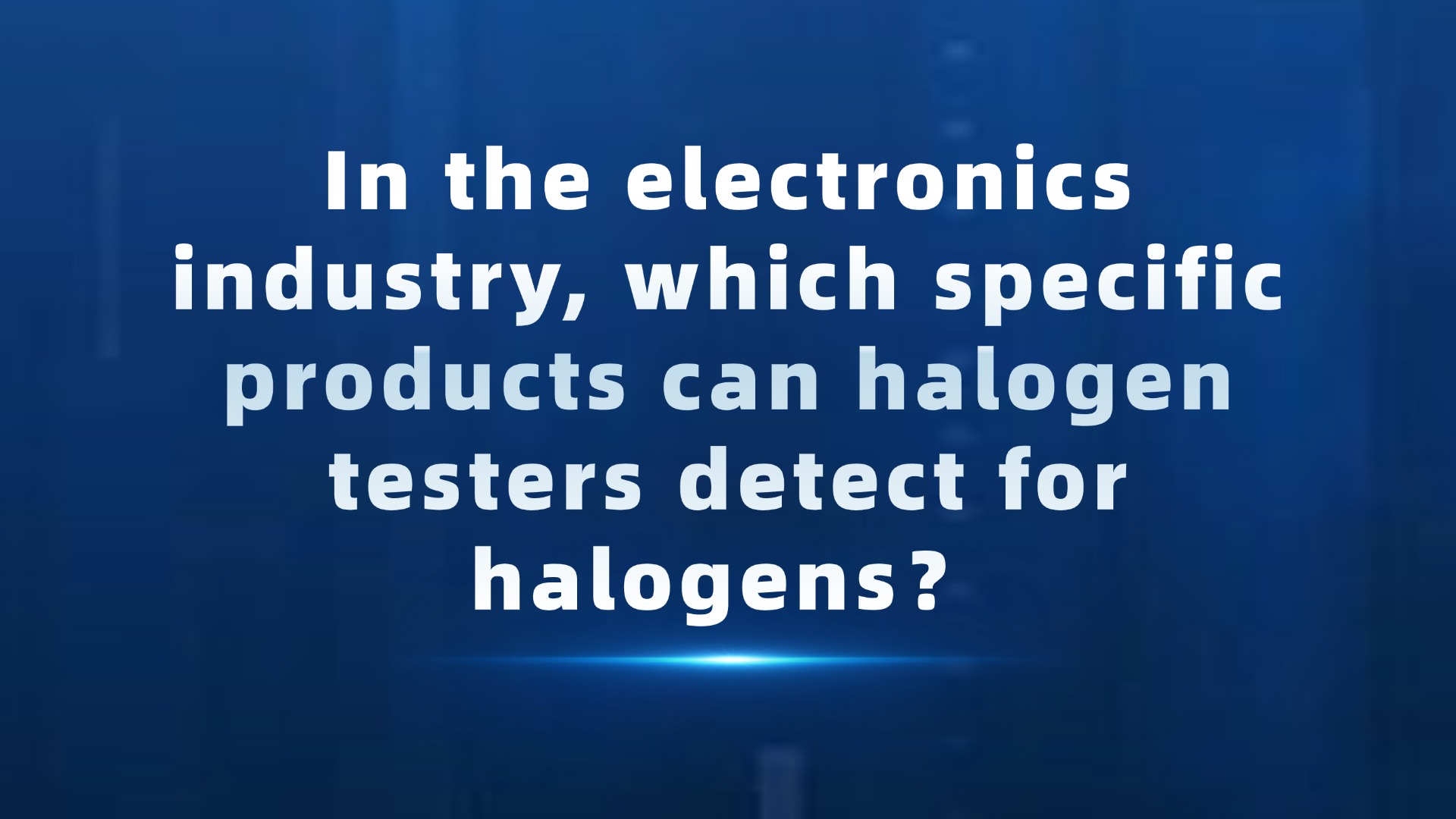Recently, according to CCTV, the Beijing Consumers Association organized a comparative test specifically for tea, and 18 out of 59 test samples failed, with issues focused on pollutants exceeding standards and false labeling levels. CCTV exposed that some tea leaves exceeded heavy metal standards, and the tea industry association responded: China's tea is generally safe and can be consumed with confidence.
In response to this, the China Tea Circulation Association stated that the results of previous inspections by the State Food and Drug Administration showed that the overall qualification rate of tea products in China is relatively high compared to tea products from other countries in the world, and pesticide residues are basically controlled within the national standard. At the same time, the association also pointed out that China is currently the only country in the world that has established rare earth limit standards, and "the limit of rare earth elements in tea is in the stage of basic research, risk assessment, and indicator revision.
CCTV??
Multiple well-known brand samples are not qualified
According to CCTV, the staff of Beijing Consumer Association bought 59 tea samples randomly from Beijing's Lotus Supermarket, Hualian Shopping Center, Wumart Supermarket, Wal Mart Supermarket, Carrefour Supermarket, etc. The samples involved Beijing, Shanghai, Zhejiang, Fujian, Anhui, Hunan, Guangdong, Yunnan and other regions.
For these tea samples, the Beijing Consumers Association conducted a tea comparison test, and the results showed that 18 out of 59 tested samples did not meet the national standard requirements in terms of quality indicators, with a failure rate of 30%.
In this comparative experiment, the testing personnel first tested the pollutant indicators of tea samples, namely heavy metals and rare earths. After testing, 8 oolong tea samples and 1 jasmine tea sample out of 59 samples did not meet the national standard requirements for pollutant indicators, and the rare earth content exceeded the national standard requirements. Unqualified products include multiple well-known brands such as "Wuyixing", "Zhifu", "Alice", "Xiangshuijian", "Yudun", "Bama", "Jinmingxiang", etc.
According to experts cited in the report, rare earth elements belong to heavy metal elements. If they exceed the standard, they will accumulate in the bones and internal organs of the human body, causing certain harm to health. After long-term accumulation, it will cause certain harm to human body and health.
In addition to pollutant indicators, this comparative experiment also tested for pesticide residues in tea. After testing, although no pesticide residues exceeding the national standard were found in the samples, 10 tea samples were found to contain more than 5 types of pesticide residues.
According to experts, tea farmers may change the type of pesticide they use due to concerns about pest resistance, and the concentration of pesticides they prepare is often higher than the amount stated in the instructions. At the same time, in order to ensure that pesticide residues do not exceed the standard during testing, multiple pesticides with similar functions will be used simultaneously, which can achieve the effect of pest control and avoid the problem of excessive pesticide residues.
Tea Circulation Association??
Control pesticide residues within the national standard range
After the above report was released, it aroused high attention from all sectors of society.
The China Tea Circulation Association has responded to the food safety issues reported by the media one by one. The association stated that in recent years, various levels of government, enterprises, and professional cooperatives in China have paid high attention to and effectively prevented and controlled tea food safety. Currently, China's tea food safety prevention and control maintain a high level.
It is reported that the research team of the academicians of the CAE Member has studied the leaching rate of different pesticides in the tea brewing process. The results show that the proportion of pesticides with low solubility in water entering the tea soup is generally only about 1%.
The China Tea Circulation Association stated that tea is usually brewed for drinking, and most pesticides are fat soluble and insoluble in water. At the same time, based on the observation of the sampling results of the State Administration for Food and Drug Administration, the overall qualification rate of tea products in China is higher than that of tea products in other countries in the world, and agricultural residues are basically controlled within the national standard. Overall, they are safe and can be consumed with confidence
Regarding the issue of rare earth content in tea, the China Tea Circulation Association explained that China is a country with relatively abundant rare earth content and is currently the only country in the world that has established rare earth limit standards. Since the implementation of the rare earth limit standards for tea in China in 2005, the issue of rare earth elements in tea has been of great concern. The association emphasized that currently, the limit of rare earth elements in tea is in the stage of basic research, risk assessment, and indicator revision.
What are the methods for detecting heavy metals in tea?
According to the current industry testing standards in China, the main methods for detecting heavy metals and other substances in tea include atomic absorption spectroscopy and inductively coupled plasma emission spectroscopy, commonly known as AAS and ICP methods. Through two methods, we can maximize the detection of trace and trace elements. In addition, our company can also provide relevant detection standards and methods for some other organic compounds in tea.
RoHS tester, halogen-free tester, ortho benzene tester, formaldehyde tester, PAHs tester.




